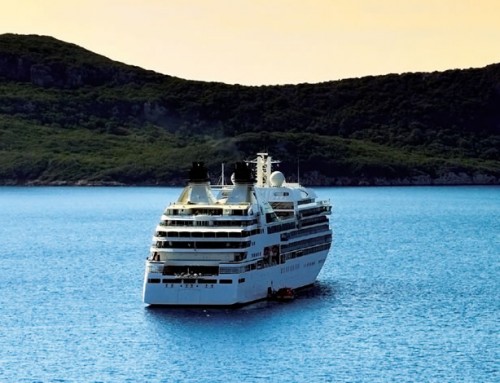The spate of power and propulsion-related incidents that has recently afflicted cruise ships owned by Carnival Corporation has prompted one Wall Street observer to speculate wildly that the company could be the victim of sabotage.
In reality, however, most of the incidents have been minor and may well have gone unnoticed were it not for social media, and passengers using Facebook, Twitter and internet forums.
In the past, the fact that a ship was delayed mid-cruise would have passed unnoticed and unremarked. The fact that a port call had been cut short or missed entirely would have remained a matter of interest for nobody but those on board.
If the ship returned home more or less on time and was ready to sail promptly on its next cruise, then no-one else would be affected, much less lose a moment’s sleep.
Nowadays, the slightest incident is reported immediately and the world assumes that cruise ships in general are a floating disaster area.
True, the Carnival Triumph engine room fire last month was a serious issue, as was the similar incident on Carnival Splendor in 2010. In both cases, the ships lost power and propulsion and had to be towed back to port.
Other recent events, involving Carnival Dream, Carnival Legend and P&O’s Ventura and Aurora have been much less significant. Ships such as P&O’s Canberra – now anointed with almost legendary status by rose-tinted nostalgics who conveniently ignore its many failings (including shared bathrooms) – suffered far worse in their day.
And as recently as 2010, a near-catastrophic explosion in Queen Mary 2’s power plant, which left the ship drifting without power in the Mediterranean, went largely unreported until the results of a Marine Accident Investigation Bureau inquiry were published more than a year later.
Carnival has attempted to redress the balance by highlighting the sensational and inaccurate reporting which has characterised coverage of recent events in the American media, particularly on television.
A statement issued this weekend concludes: “We would like to sincerely apologize to our guests for the disruption to their vacation plans as a result of these occurrences,” the company said. “The cause of each one is unrelated although we take each of them very seriously. As always, the safety of our guests and crew is our foremost priority.
“Carnival Cruise Lines carries some 4.5 million passengers a year and operates thousands of cruises without incident. Our historical safety record is outstanding. We have comprehensive maintenance programs in place that meet or exceed all regulatory standards and requirements.
“We are committed to learning from any incident that may occur on one of our vessels to apply lessons learned and prevent future occurrences.”
The company is undertaking what it describes as a “comprehensive fleet-wide review” of its operations, systems and training as a result of the events. It would be optimistic in the extreme to suggest that might appease a single cruise sceptic.
But I hope that it will at least get to the root of why Carnival has been afflicted so often, compared to its competitors. It cannot simply be a case of bad luck.



Leave A Comment